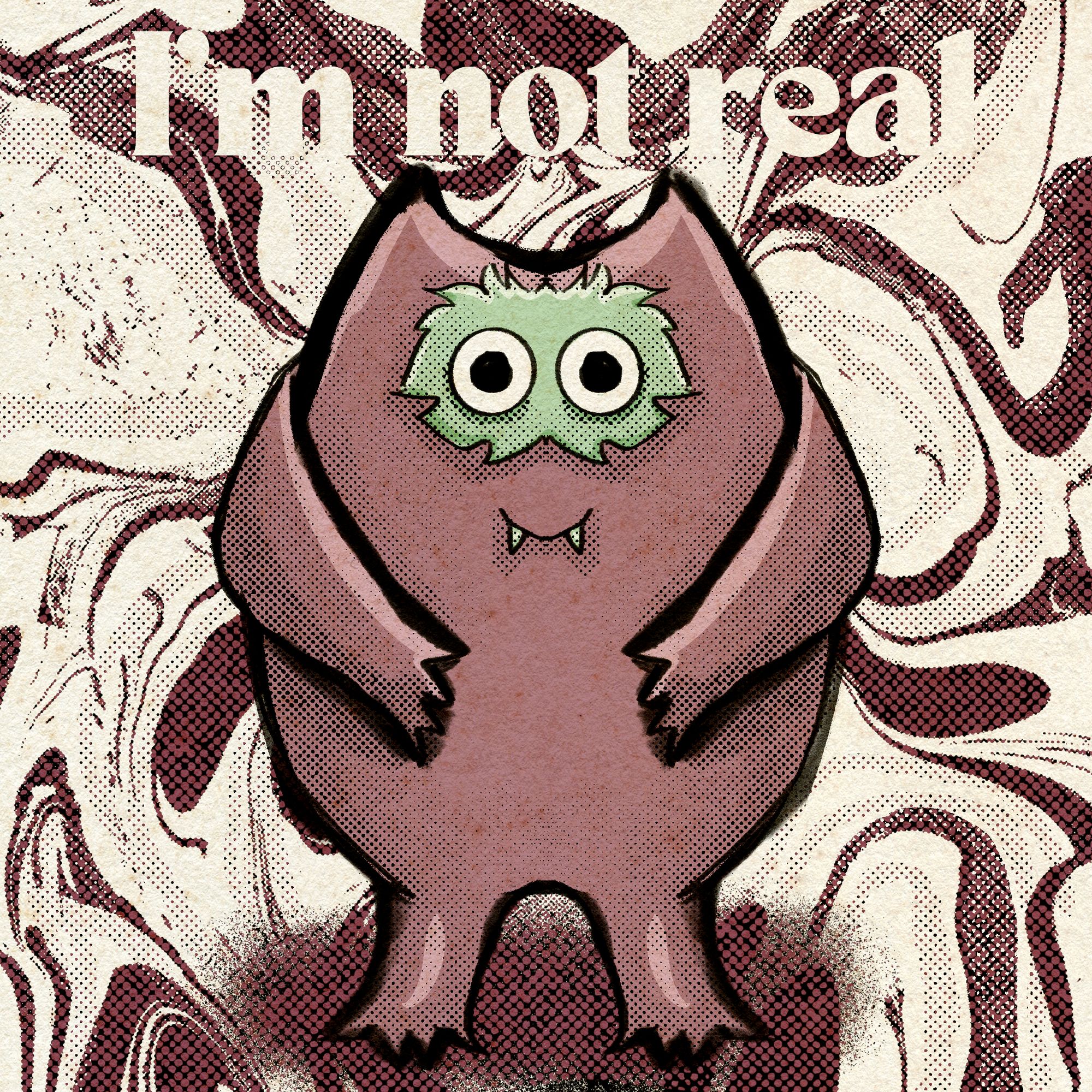The Nauga, an urban legend created by marketers
The story of an imaginary animal.

My day job involves a lot of fact-checking, so the other day I found myself looking up a word I'd never seen before: Naugahyde.
Basically, Naugahyde is a vinyl fake leather made with a knit fabric backing and a PVC coating. First trademarked in the 1930s, it became a popular material for upholstery in cars. (Particularly GM vehicles. The company made up special brand names for each of their car lines: Buicks featured Cordaveen or Madrid-grain vinyl, Oldsmobiles got Morocceen, and Pontiacs wore Morrokide. Chevrolet just called it "vinyl interior.")
A very cute and creative marketing campaign in the 1960s and 1970s claimed (jokingly) that Naugahyde came from a cute little critter called a nauga, a colorful, muppety creature with horns and a wide smile. But, so as not to disturb vegans, vegetarians, and other animal lovers, they claimed that the naugas shed their skin, allowing Naugahyde to be ethically sourced without hurting the little naugas.
The marketing campaign—which was likely invented to make cheap imitation leather seem more luxe—ended up leading to a bit of an urban legend. It seems that people began to believe that the nauga was a real animal from Sumatra.
A 2001 Snopes article recounts several funny stories, such as a woman telephoning to ask about the nauga's gestation period and whether they were an endangered species. There's also several tales of people jokingly spreading rumors about the nauga:
In 1992 . . . Dean Cliver, then a professor of microbiology at the University of Wisconsin-Madison, touched off a spirited discussion in the pages of the Wisconsin State Journal by penning a tongue-in-cheek missive decrying the fate of the Belgian Velcro. Cliver claimed this small, friendly animal was being slaughtered indiscriminately for its fur, which was then turned into Velcro fasteners through a tanning process which involved the Velcros' being sat upon by fat men wearing Teflon pants in order to make the hairs hook. His letter attracted a spate of responses from other "animal lovers" protesting the harvesting of Naugas and Esters (for use in Naugahyde and polyester.) Cliver also once wrote that bullfights, rather than being inhumane, are the only method of producing beef that gives the animal any say in the matter.
A now-defunct website, nauga.com (viewable on the Wayback Machine) adds to the lore, calling them "small chameleon-like animals" who "arrived in America in 1778 when they delivered designer clothes from France to George Washington's Continental Army."
It weaves a surprisingly long tale about the place of naugas in history, and the story is accompanied by some very cute and idiosyncratic drawings of naugas during important times in history (real Forest Gump vibes).
To be honest, I find the website baffling (I think it might have been created to market Naugahyde briefcases, or maybe Naugahyde swatches), but it's got that delightful Web 1.0, late 1990s-early 2000s vibe, and it's worth looking at just because it's so weird and nostalgic.
I assume that Naugahyde has either fallen out of fashion or is just called something else now (vegan leather?), but I thought this story was an interesting illustration of an imaginary cryptid-like creature that many people believed was real. I wonder: If the lore of the nauga said they lived in North America rather than in Sumatra, would we be swimming in Bigfoot-style nauga sightings?

